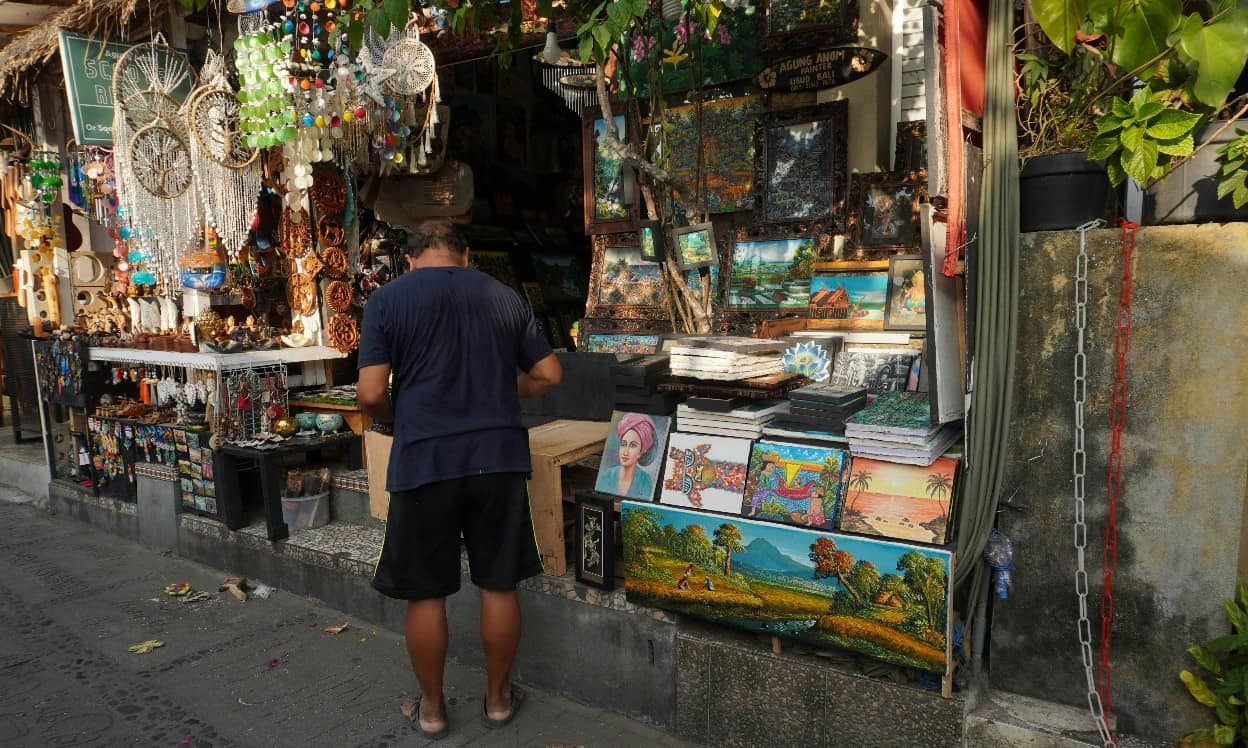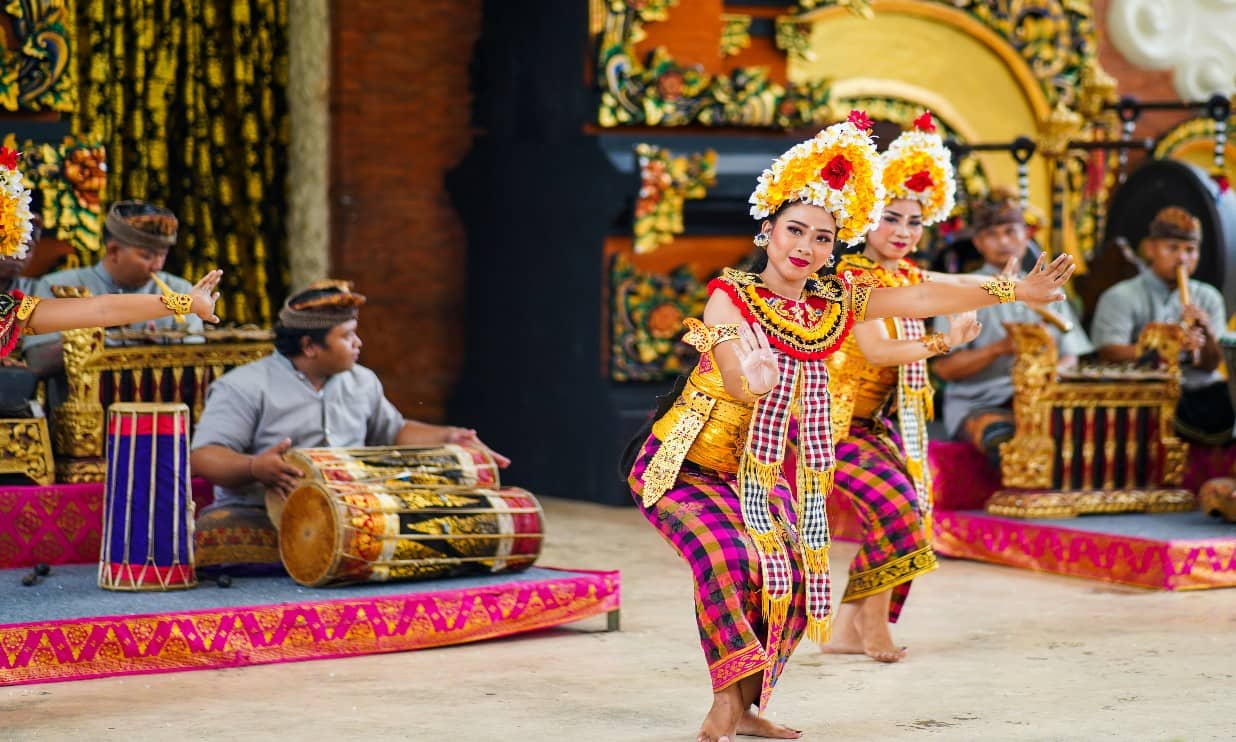A Glimpse into Balinese Art and Craftsmanship
Bali, known as the Island of the gods, is a treasure trove of artistic expression and traditional craftsmanship. The Balinese people have a rich cultural heritage that is deeply intertwined with their daily lives, spirituality, and natural surroundings. This artistic tradition manifests in various forms, from intricate wood carvings to vibrant paintings and delicate textiles.
Wood Carving: The Soul of Balinese Art One of the most iconic forms of Balinese artistry is wood carving. Master craftsmen transform blocks of wood into elaborate sculptures, ornate doors, and decorative panels. These carvings often depict scenes from Hindu epics, local folklore, or nature motifs. The attention to detail is remarkable, with artisans spending weeks or even months on a single piece.
Painting: A Window into Balinese Life Balinese painting styles have evolved over centuries, from traditional religious works to more contemporary expressions. The Ubud style, characterized by its intricate detailing and vibrant colors, often portrays daily village life, religious ceremonies, and mythological stories. Meanwhile, the Batuan style is known for its darker palette and complex, crowded compositions.
Textiles: Weaving Tradition into Fabric The art of textile making in Bali is deeply rooted in tradition. Techniques like ikat and batik are used to create stunning fabrics with intricate patterns. Each region in Bali has its own distinct textile traditions, with patterns and motifs that tell stories of local customs and beliefs.
Stone Carving: Etching History in Stone While less common than wood carving, stone sculpture is another significant art form in Bali. From massive temple guardians to delicate garden statues, Balinese stone carvers demonstrate exceptional skill in bringing life to cold, hard rock.
Metalwork: Forging Beauty Balinese silversmiths and goldsmiths are renowned for their intricate jewelry and decorative items. Using techniques passed down through generations, these artisans create everything from elaborate ceremonial objects to modern fashion accessories.
The Future of Balinese Craftsmanship While rooted in tradition, Balinese art is not static. Contemporary artists and artisans are finding new ways to express their creativity while honoring their cultural heritage. Many are experimenting with modern materials and techniques, creating fusion pieces that appeal to a global audience. However, the preservation of traditional skills remains a concern. As younger generations are drawn to more modern professions, there's a risk of losing ancient techniques. Efforts are being made to document and teach these skills to ensure their survival.
Experiencing Balinese Art For those interested in experiencing Balinese art firsthand, numerous workshops and galleries across the island offer opportunities to watch artisans at work or even try your hand at traditional crafts. Whether you're admiring a centuries-old temple carving or a contemporary painting, Balinese art offers a window into the island's soul, inviting visitors to connect with its rich cultural tapestry.
In conclusion, Balinese art and craftsmanship represent more than just beautiful objects – they are a living, breathing part of the island's cultural identity. As you explore Bali, take time to appreciate the skill, dedication, and spiritual significance behind each work of art. It's an experience that will enrich your understanding of this enchanting island and its people.






